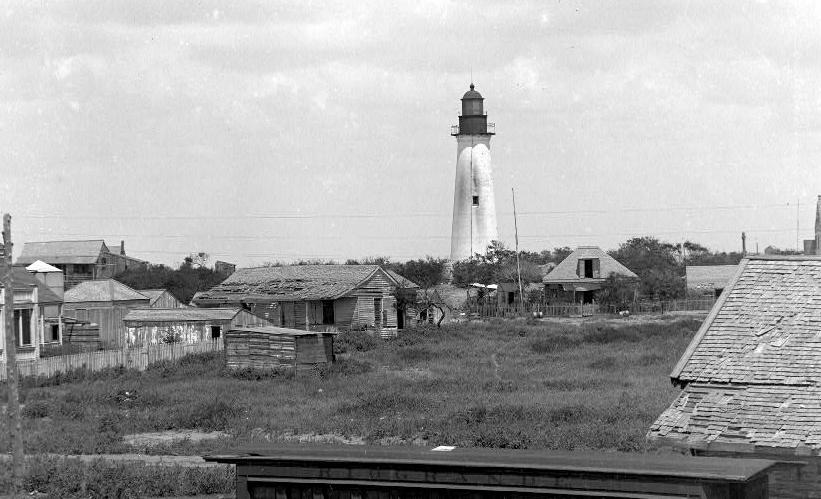
The vessels waiting for LA/LB berths on Thursday (including container ships and general cargo ships with containers aboard) had an aggregate capacity of 815,958 twenty-foot equivalent units, according to Marine Exchange data. 24, when online searches for the term “supply chain” peaked and the ports of Los Angeles and Long Beach announced a new Biden administration-backed congestion fee plan.īecause ships vary widely in size, a more telling indicator than the number of ships is total capacity of vessels in the queue. There were more than three times as many container ships waiting for LA/LB berths as there were at the same time last year, 11.6 times more than on June 24 (the low point for last year), and 31% more than on Oct. Chart: American Shipper based on data from Marine Exchange of Southern California Ship-positioning data from MarineTraffic confirms that most of these vessels are off the Baja peninsula. On Thursday, only 16 were in port waters (within 40 miles of Los Angeles and Long Beach) and 89 were loitering or slow steaming outside the newly designated Safety and Air Quality Zone, which extends 150 miles to the west of the ports and 50 miles to the north and south. Ships waiting off SoCal tripleĪ record 105 container ships were waiting for berths in Los Angeles and Long Beach on Thursday and Friday, according to data from the Marine Exchange of Southern California. terminals, and the number of container ships waiting for berths in Southern California has - yet again - hit a new high. The holiday rush may be over, but the offshore traffic jam of container ships is still getting worse, and the volume of inventory on the water (thus unavailable for sale) is still increasing.Īs 2022 begins, import volumes remain very strong ahead of China’s Lunar New Year holiday, concerns are mounting about omicron-induced dockworker shortages at U.S. Supply chain pressures are trending in the opposite direction of Google searches. Chart: American Shipper based on data from Google

Searches for both terms then faded back to normal in November. Searches for the term “supply chain” peaked in the third week of October, up 194% from the beginning of last year. Google searches for the term “port congestion” were up 376% from the beginning of 2021 in the second week of October. Holiday sales were up 11% from 2019, pre-COVID.Ĭonsumer fears of a holiday shortage appear to have spiked in October, then pulled back as concerns lessened. Goods were brought in early and shoppers shopped early. Ship queues were 36% lower than last month at Liaoning’s Dalian port and 35% lower in Hebei’s Tangshan.America made it through Christmas without too many bare shelves, despite historic port congestion. At Tianjin, there were 54 ships waiting on April 11, a 29% rise in a month.Ĭongestion was lower in Hebei and Liaoning provinces, where trucking has also been hampered by compulsory mass testing of truckers and workers in March and April. Some of that congestion is rippling out to other ports, with ships being diverted further north to ports in Qingdao and Tianjin where trucking services haven’t been as impacted, the people said. Meanwhile, vessels carrying metals like copper and iron ore are left stranded offshore as trucks are unable to send goods from the port to processing mills, they said. Read more: Tesla Halted, Chips Pile Up as Shanghai Lockdown Upends BusinessĪ shortage of port workers at Shanghai is slowing the delivery of documentation needed for ships to unload cargoes, according to ship owners and traders. At Ningbo-Zhoushan there were 134 carriers, 0.8% higher than last month, while further north, the combined ports of Rizhao, Dongjiakou and Qingdao saw a 33% increase to 121 vessels.Īdding to the snarl, there were 197 container ships either loading or waiting to load in Shanghai’s combined anchorage with Ningbo, a 17% increase from a month ago.

There were 222 bulkers waiting off Shanghai as of April 11, 15% higher than a month earlier, according to Bloomberg shipping data. More than two weeks on, the congestion has expanded to nearby Ningbo-Zhoushan as ship-owners desperately divert ships to other ports in the country to avoid the trucker shortage and warehouse closures in Shanghai. Queues of vessels carrying raw materials have jumped after Shanghai initiated a city-wide lockdown at the end of last month to combat COVID-19. Dotting the sea off Chinese ports are 477 bulk cargo ships waiting to deliver resources from metal ore to grain into the country.


 0 kommentar(er)
0 kommentar(er)
